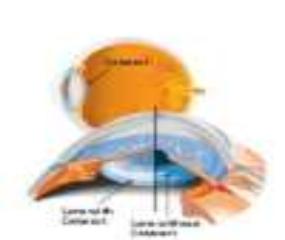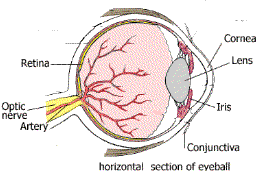| | | |||
A cataract is a clouding of the normally clear lens of the eye. The amount
and pattern of cloudiness within the lens can vary.
A complete eye examination by an ophthalmologist can detect the
presence of a cataract. Your cataract diagnosis may come with several
other problems with other parts of the eye and these problems may bear
the responsibility for vision loss. If improvement in your vision is unlikely,
cataract removal may not be recommended.
Surgery is the only way a cataract can be removed. You and the doctor will
decide on the severity of the cataracts and if you want to proceed with surgery.
Although there are no medications or other remedies that have been proven to
cure cataracts, it is likely that protection from excessive sunlight may help slow
the progression of cataracts.
Cataract surgery can be performed when your visual needs require it. Over 1.4
million people have cataract surgery each year in the United States and more
than 95% of those surgeries are performed with no complications. During
cataract surgery, which is usually performed under local or topical anesthesia as
an outpatient procedure the cloudy lens is removed from the eye. Laser
surgery is used to open the cloudy capsule which support the intraocular lens
and restores clear vision.
Cataract surgery is a highly successful procedure. Improved vision is the result in
over 95% of cases, unless there is a problem with the cornea, retina, optic nerve,
or other structures.



